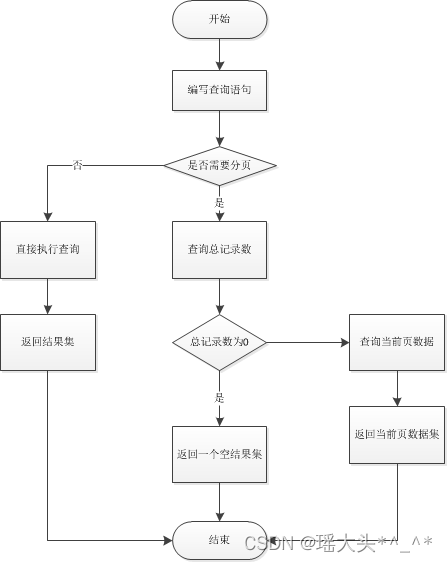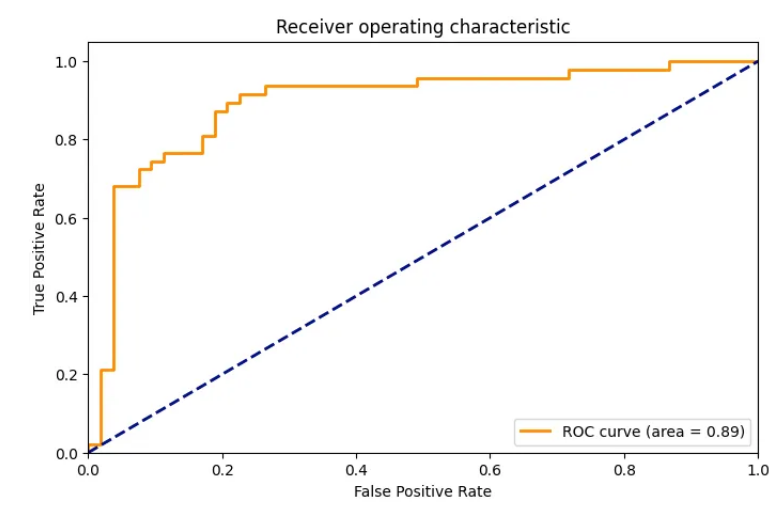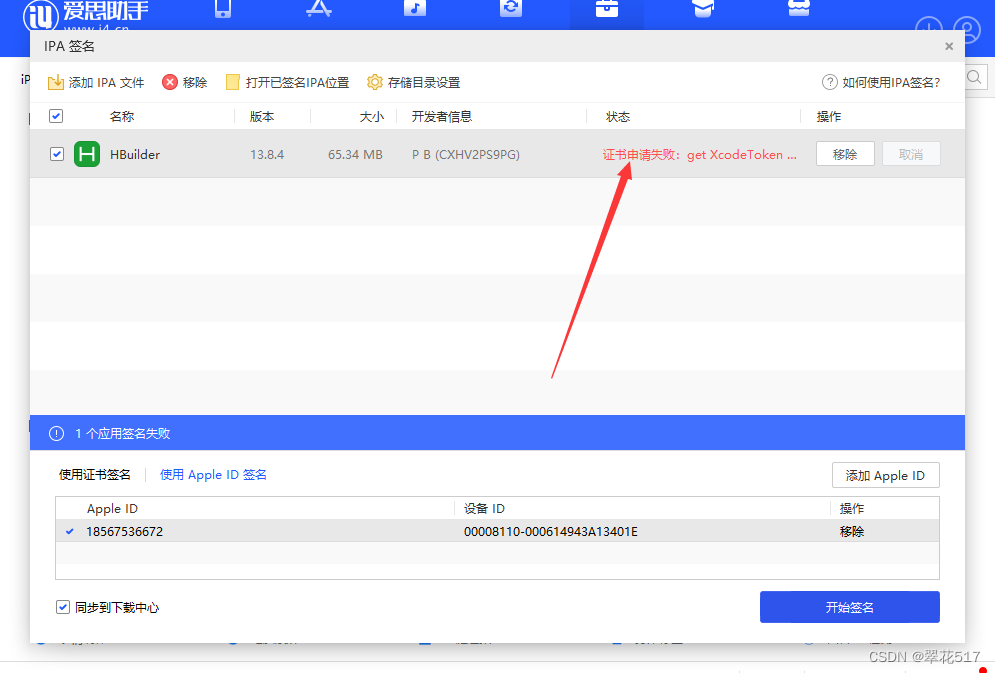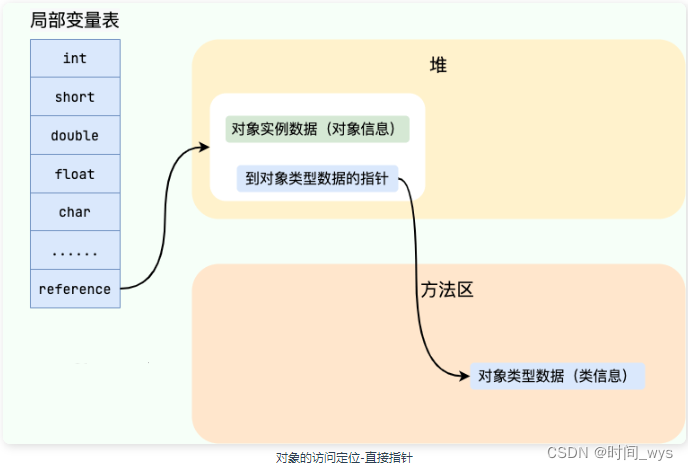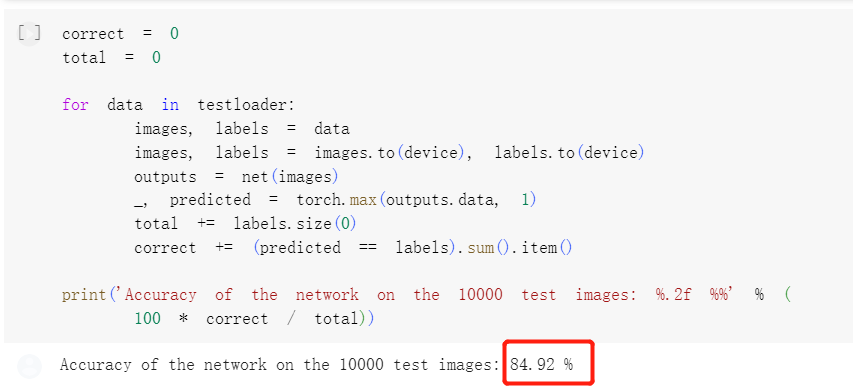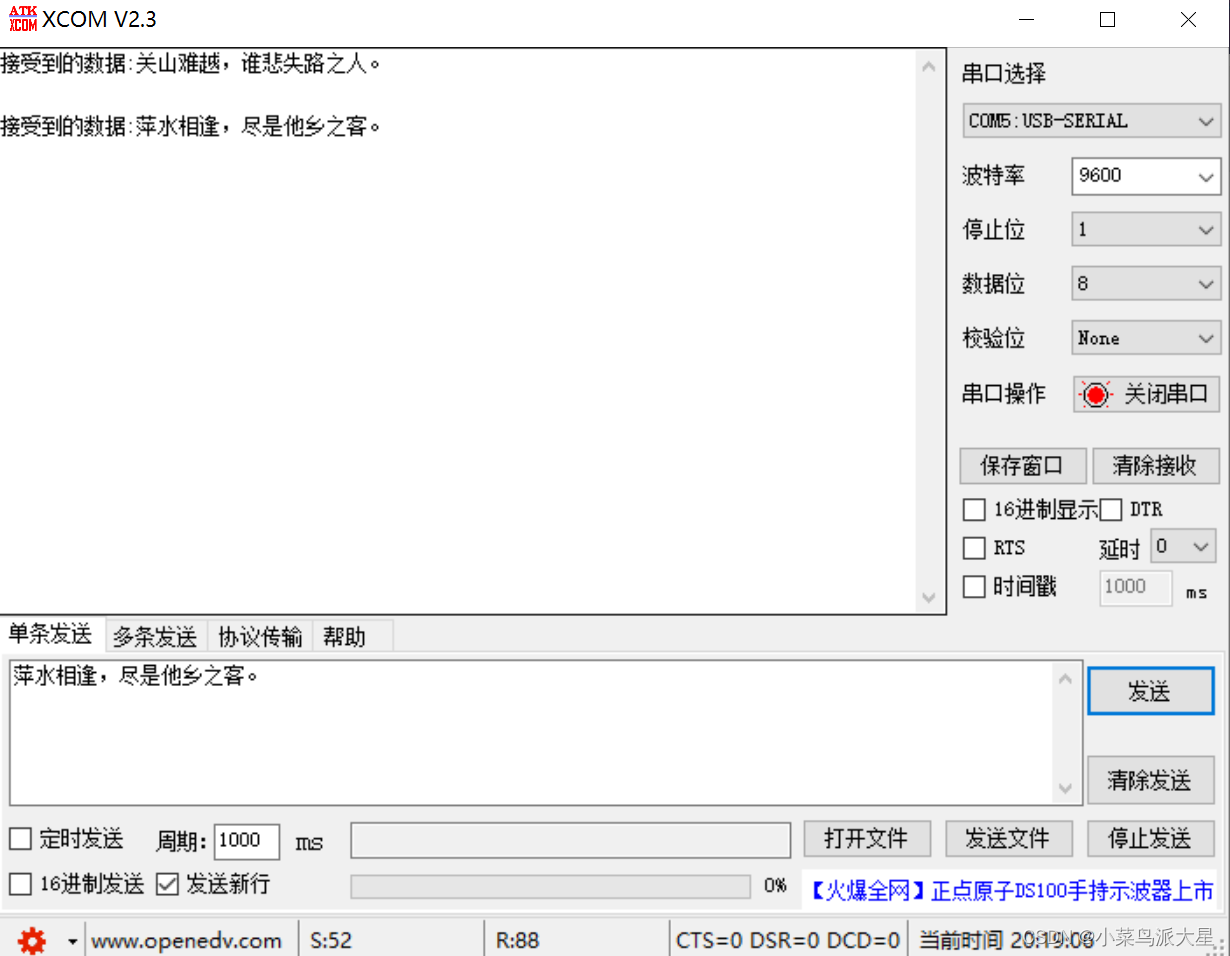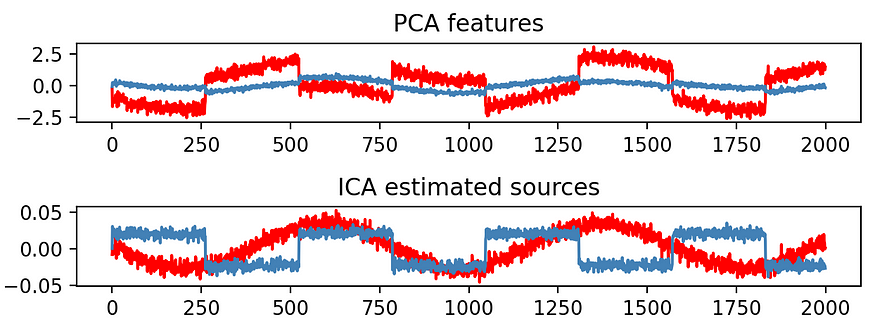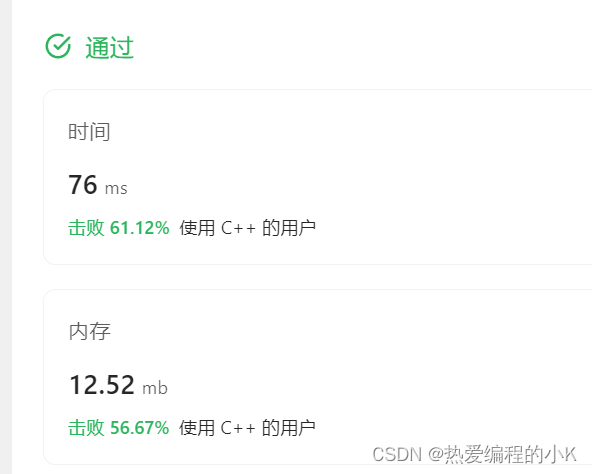import cv2
import torch
def cpu_remap(numpy_img,mapx,mapy):
return cv2.remap(numpy_img,mapx,mapy,cv2.INTER_LINEAR)
def gpu_remap(numpy_img,map_tensor):
'''
numpy_img:原始图像格式为ndarray
map_tensor:[N,H,W,C]用于grid_sample的map参数,需要规制到-1到1
'''
# 准备图像数据
img_tensor = torch.from_numpy(numpy_img).contiguous().cuda(non_blocking=True)
img_tensor = img_tensor.permute(2,0,1).unsqueeze(0).cuda().float()
res = torch.nn.functional.grid_sample(img_tensor,map_tensor,
mode='bilinear',
padding_mode='zeros',
align_corners=None)
res = res.char()
res = res[0].permute(1,2,0)
res = res.cpu()
res = res.numpy()
res = np.uint8(res)
return res
@profile
def main():
#已知单应矩阵(投影矩阵M)
M=np.asarray([[-5.23249213e+00, -2.83428439e+01, 2.74163372e+03],
[-2.71994329e+00, -2.52929752e+01, 1.13544900e+04],
[-1.38531350e-04, -1.40379841e-02, 1.00000000e+00]])
img_revise = cv2.imread('206_revise.jpg') # 无畸变的图像
img_perspect = cv2.warpPerspective(img_revise, M, (2800, 1500), borderValue=0)
cv2.imwrite('warpPerspective.jpg',img_perspect)
x, y = np.meshgrid(np.arange(2800), np.arange(1500))
grid = np.vstack([x.flatten(),y.flatten(),np.ones(y.flatten().shape)])
grid_trans = np.linalg.inv(M)@grid
grid_trans = grid_trans/grid_trans[2]
grid_trans = grid_trans[:2]
mapx = np.float32(np.reshape(grid_trans[0],[1500,2800]))#/1920*2-1
mapy = np.float32(np.reshape(grid_trans[1],[1500,2800]))#/1080*2-1
print(mapx.shape)
img_perspcet = cpu_remap(img_revise,mapx,mapy)
cv2.imwrite('cpu_remap.jpg',img_perspect)
grid_trans_x = torch.from_numpy(mapx).unsqueeze(2)/1920*2-1
grid_trans_y = torch.from_numpy(mapy).unsqueeze(2)/1080*2-1
map_tensor = torch.cat([grid_trans_x,grid_trans_y],2).unsqueeze(0).float().cuda()
img_perspect = gpu_remap(img_revise,map_tensor)
cv2.imwrite('gpu_remap.jpg',img_perspect)
if __name__=='__main__':
main()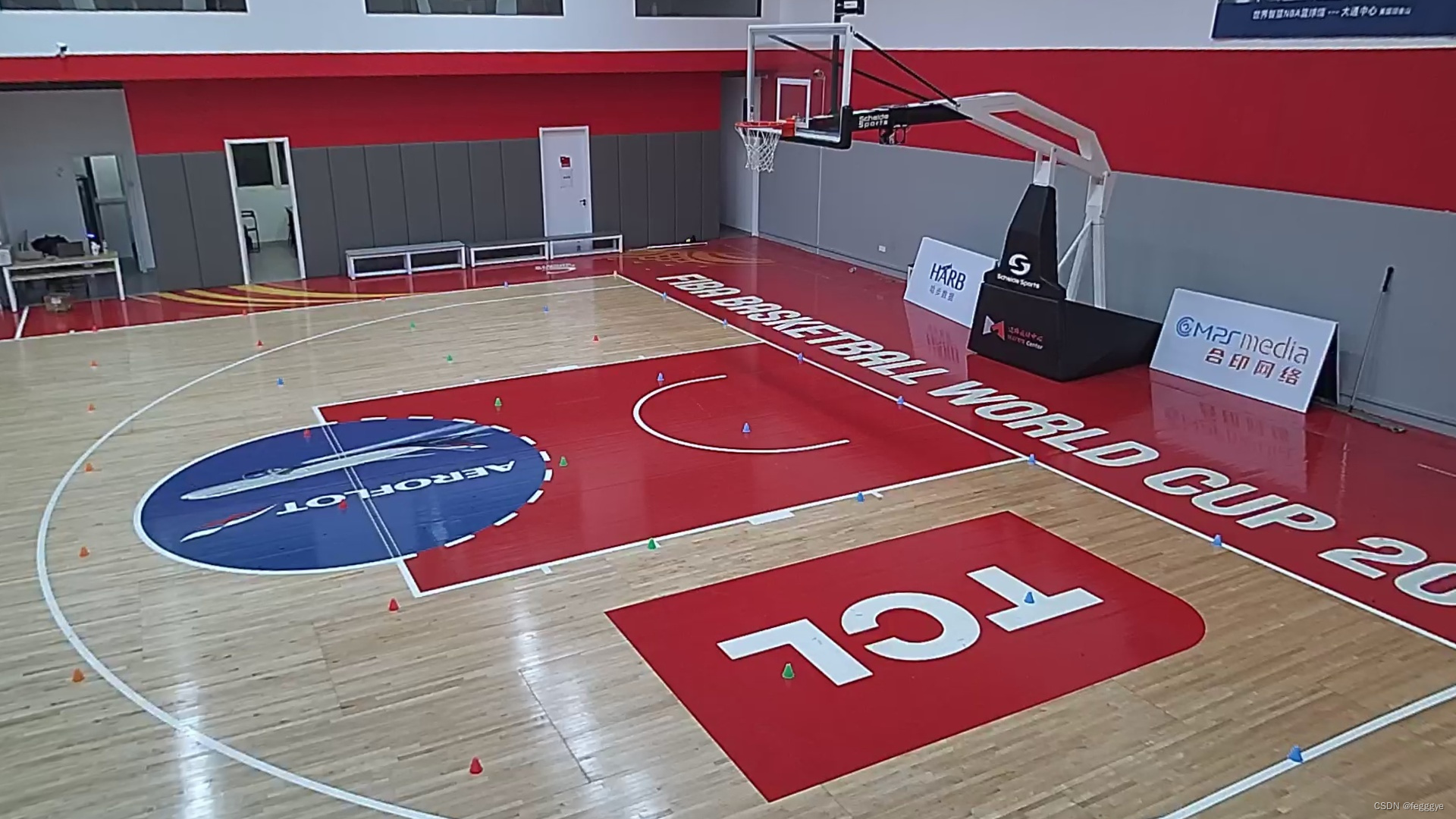

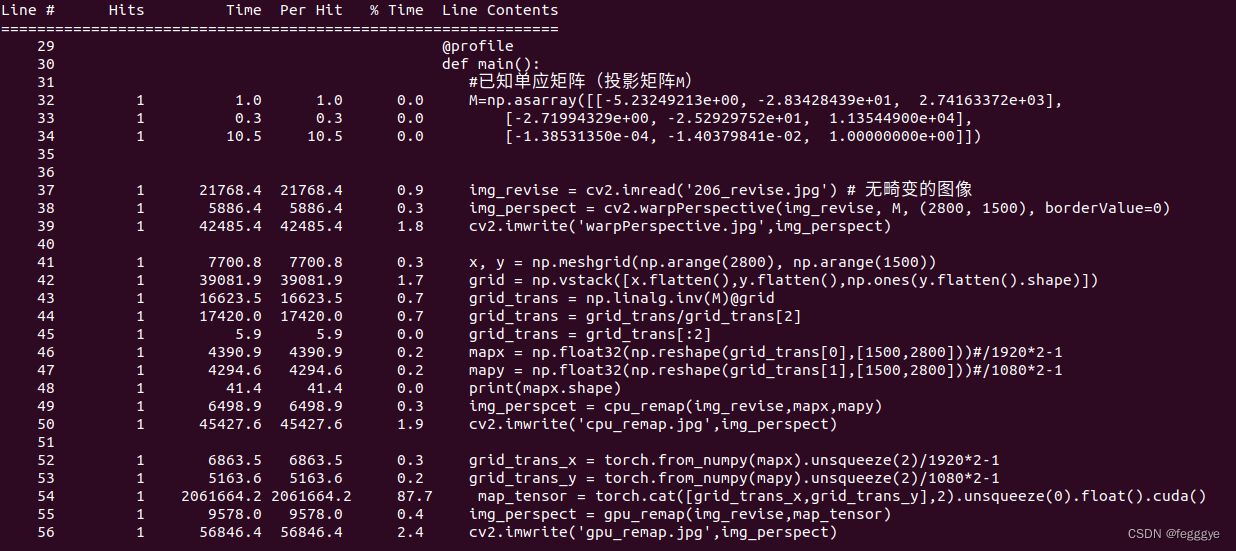
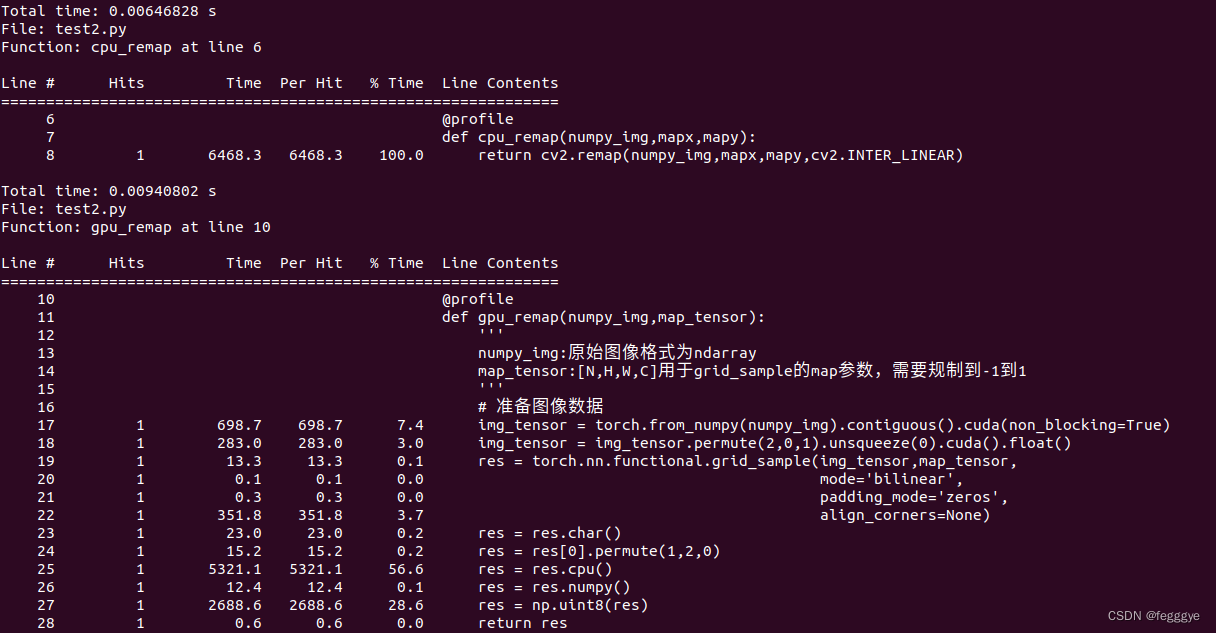
还是那个问题,数据在cpu->GPU拷贝时会慢,单GPU的计算耗时很短




